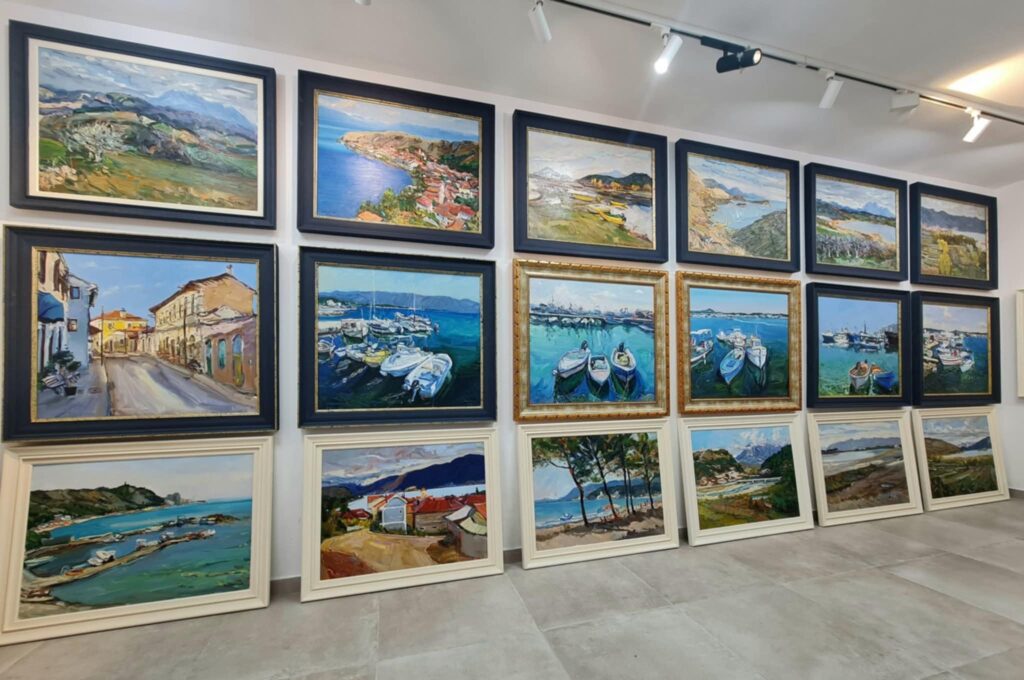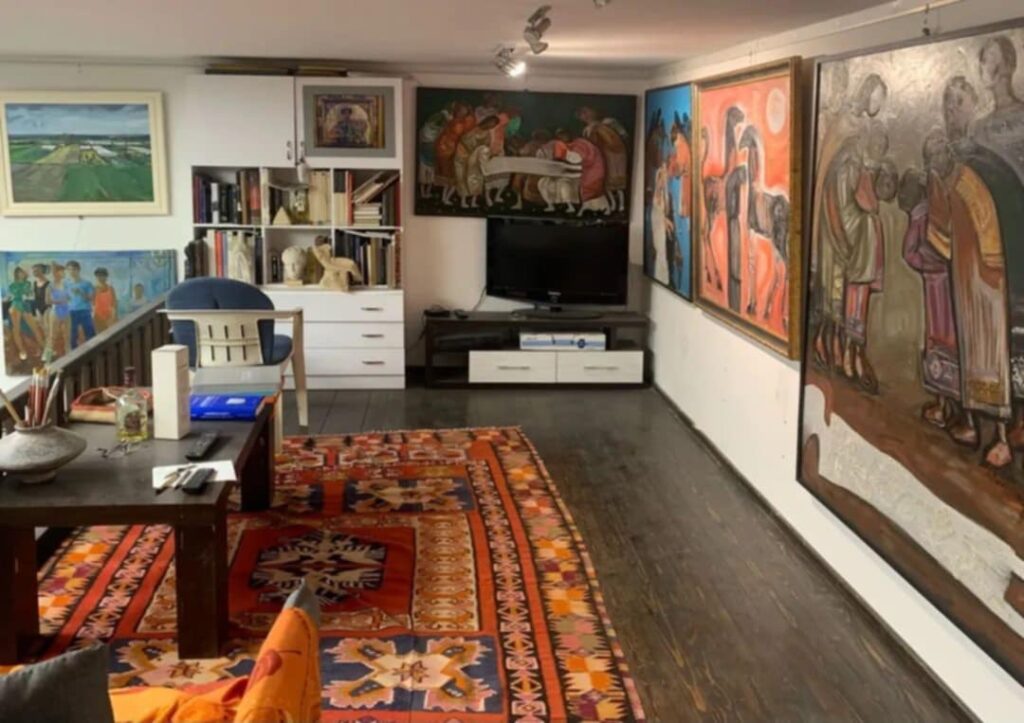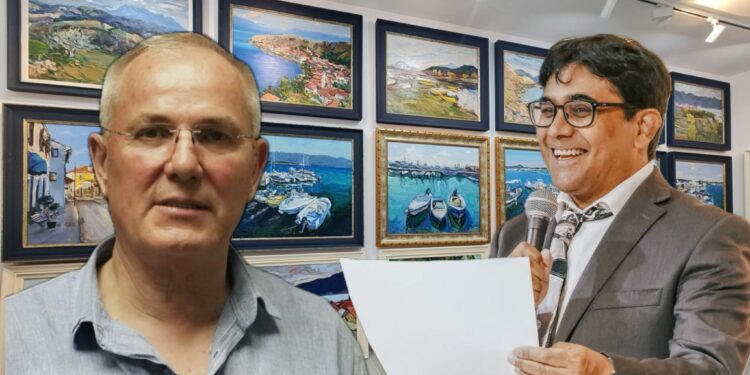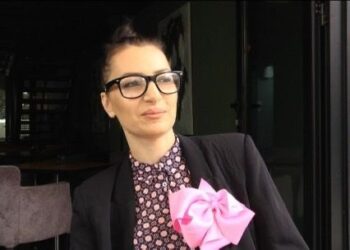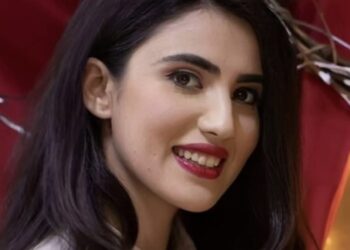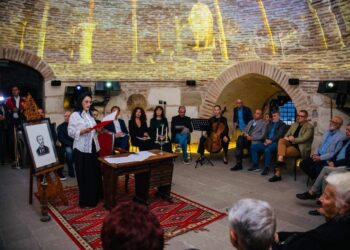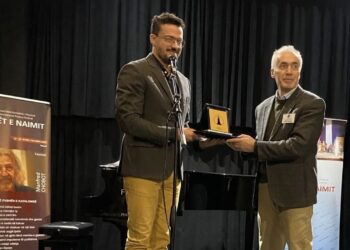“Exclusive interview for the Teravarna International Art Gallery”
In the old town of Berat, among cobblestone alleys and white traditional houses, stands the two-story studio of artist AgronPolovina, a space where tradition, landscape, and passion coexist in serenity and dedication. With decades of experience as an artist, educator, and restorer, Polovina is a distinctive voice in Albanian art, deeply connected to his hometown and contemporary developments in painting.
➢ “I started drawing as a child,” he recalls. His early sketches were noticed by teachers and classmates, and from that moment, he never stopped searching. After graduating from the Artistic Lyceum and the Academy of Arts in Tirana, he decided to return to Berat to teach at the local art school and to stay close to his sources of inspiration: the historic neighborhoods, landscapes, icons, and monuments of the city.
“Young Artists and the Future of Art”
Teravarna: How do you view today’s generation of young artists in Albania?
Agron Polovina: Young artists have a great advantage we didn’t have: freedom, instant access to information, and opportunities to connect with the world. My advice is to be honest with themselves, avoid imitation, and strive to find their own artistic identity. Invest time and passion in what they create.
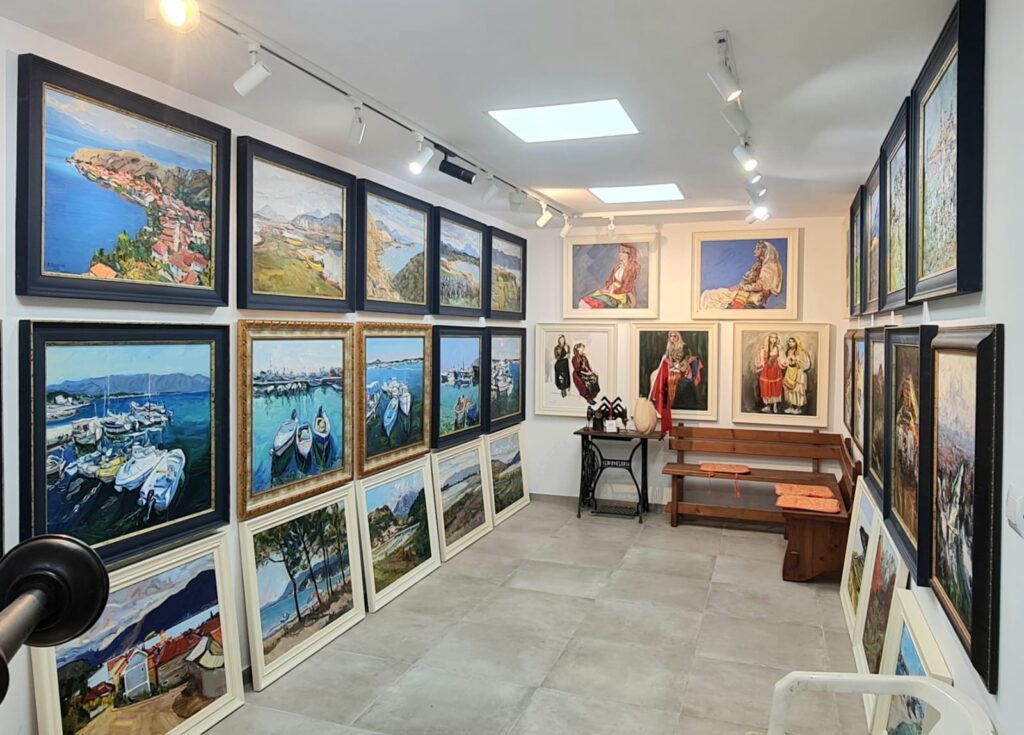
“Spiritual Heritage and Artistic Evolution”
After the political changes of the 1990s, Polovina left teaching and focused on the restoration of post-Byzantine icons, working on the masterpieces of renowned painters such as Onufri. This direct connection with the spiritual legacy of Albanian art deeply influenced his later painting cycles, where iconographic structures blend with the free language of contemporary painting.
Beyond the studio, Polovina led for many years the plein-air painting movement across Albania.
➢ “Through plein-air painting, we traveled to every corner of the country, in every season. It’s a lifestyle and a profound way of connecting with the land,” he says.
His works are now found in public and private collections in Albania and abroad — including the National Gallery of Arts, local galleries, and private collectors worldwide.
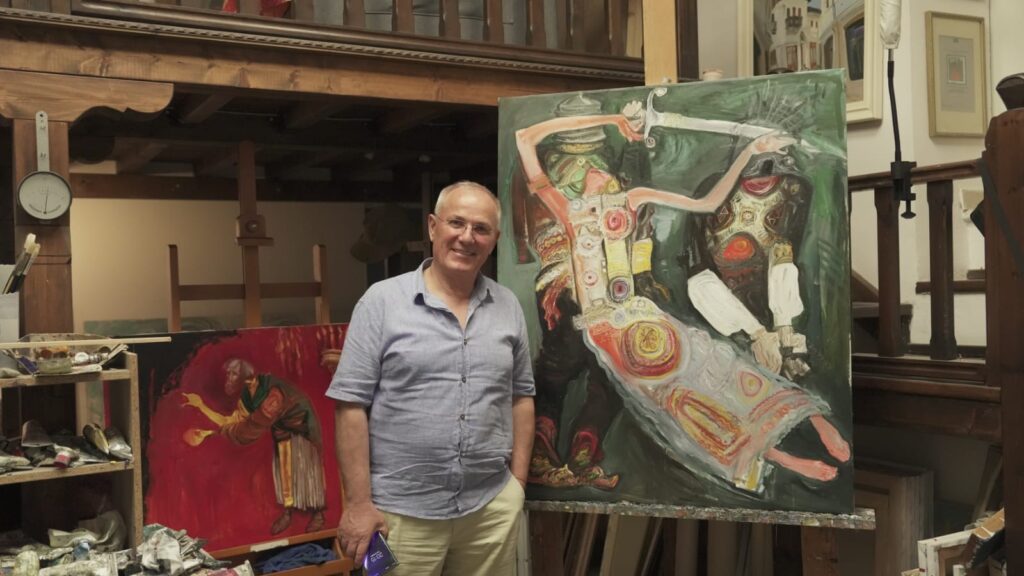
“Teravarna, International Art, and Future Collaborations”
Teravarna: What is your perspective on the role of the Teravarna Gallery, and what would you like to see in the future?
Agron Polovina: Teravarna is an important platform that gives artists from every country a real chance to travel and gain international recognition. It would be very beneficial for a selection of the most talented Albanian artists to be invited to your exhibitions or competitions. It would be a great support for the new generation, which is eager for exposure and international experience.
In this spirit of collaboration, the artist highly values the introduction made by Blerina, who connected him with Teravarna’s activities.
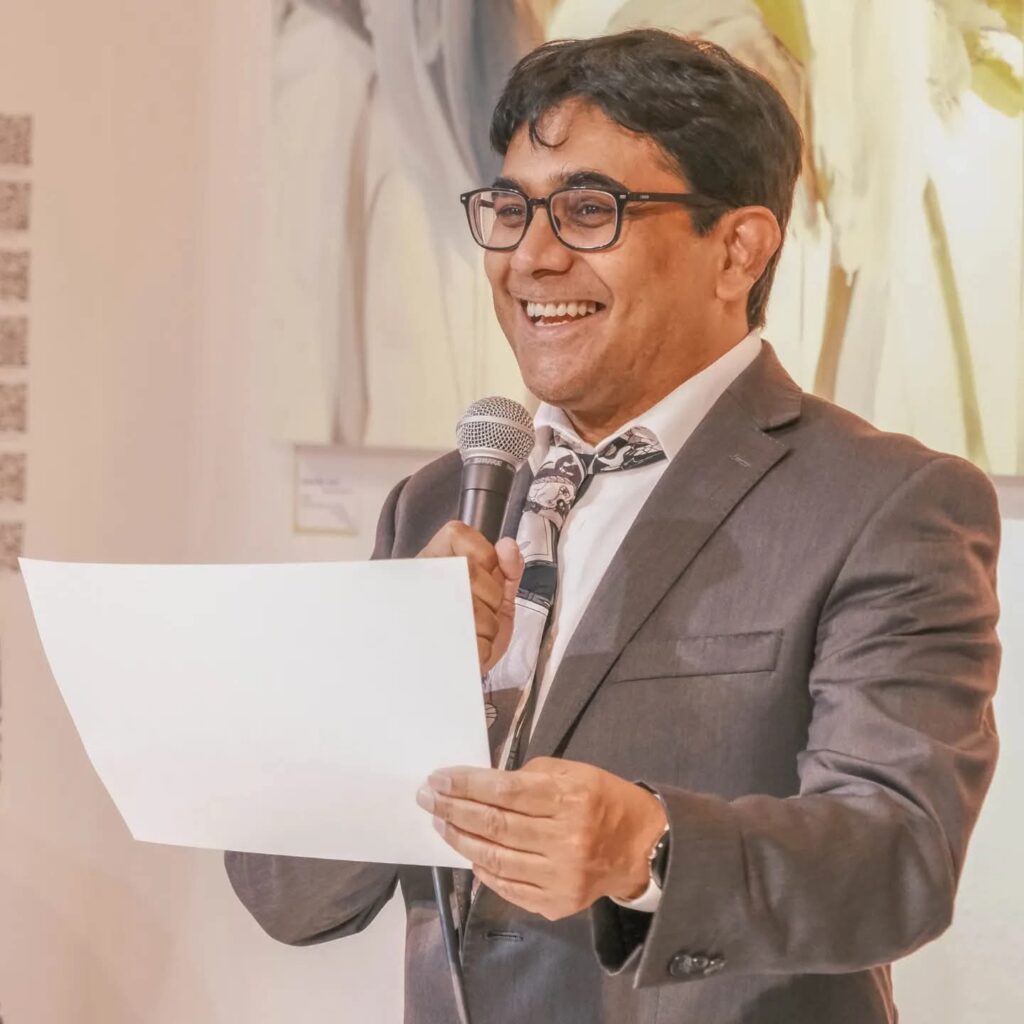
➢ “It’s wonderful that a gallery based in Los Angeles works with artists from over 60 countries. That’s the essence of art — not to remain in the studio, but to travel, to communicate,” he adds.
Teravarna: Would you be open to exhibiting in one of our physical exhibitions in the U.S. or Europe?
Agron Polovina: Absolutely. If the logistics for transport and participation are arranged, I would be delighted to present my work on the international stage through Teravarna.
Teravarna: Thank you, Agron, for your warm welcome and this insightful interview.
Agron Polovina: Thank you for your visit and for giving me the opportunity to share my work and vision. You’re welcome and best wishes of a lot of success in fulfilling your mission.
Berat, Albania 2025
The interview was conducted by Dr. Niladri Sarker, Director and Founder of TERAVARA Art Gallery, based in Los Angeles, USA. During his first visit to Albania, he explored several cities and artist studios. In the future, he hopes to visit and meet even more Albanian artists, whom he warmly invites to collaborate in the fields of art and international promotion.
